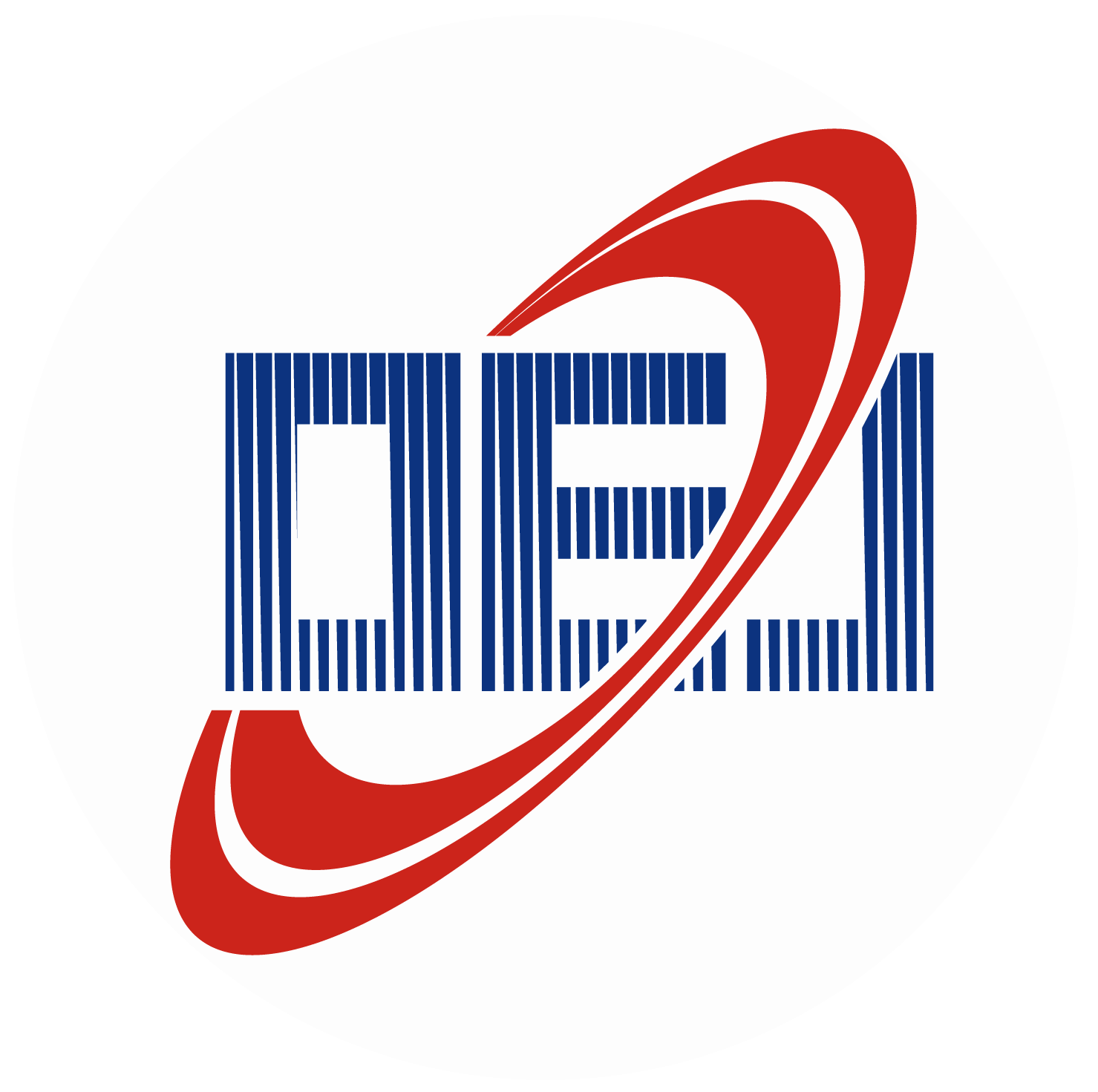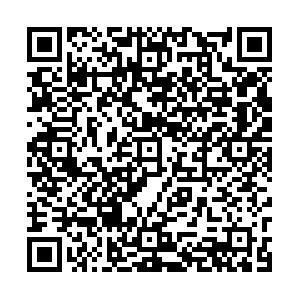-
Abstract
This study reviews the recent advances in data-driven polarimetric imaging technologies based on a wide range of practical applications. The widespread international research and activity in polarimetric imaging techniques demonstrate their broad applications and interest. Polarization information is increasingly incorporated into convolutional neural networks (CNN) as a supplemental feature of objects to improve performance in computer vision task applications. Polarimetric imaging and deep learning can extract abundant information to address various challenges. Therefore, this article briefly reviews recent developments in data-driven polarimetric imaging, including polarimetric descattering, 3D imaging, reflection removal, target detection, and biomedical imaging. Furthermore, we synthetically analyze the input, datasets, and loss functions and list the existing datasets and loss functions with an evaluation of their advantages and disadvantages. We also highlight the significance of data-driven polarimetric imaging in future research and development. -



 E-mail Alert
E-mail Alert RSS
RSS


